Barbara Hannigan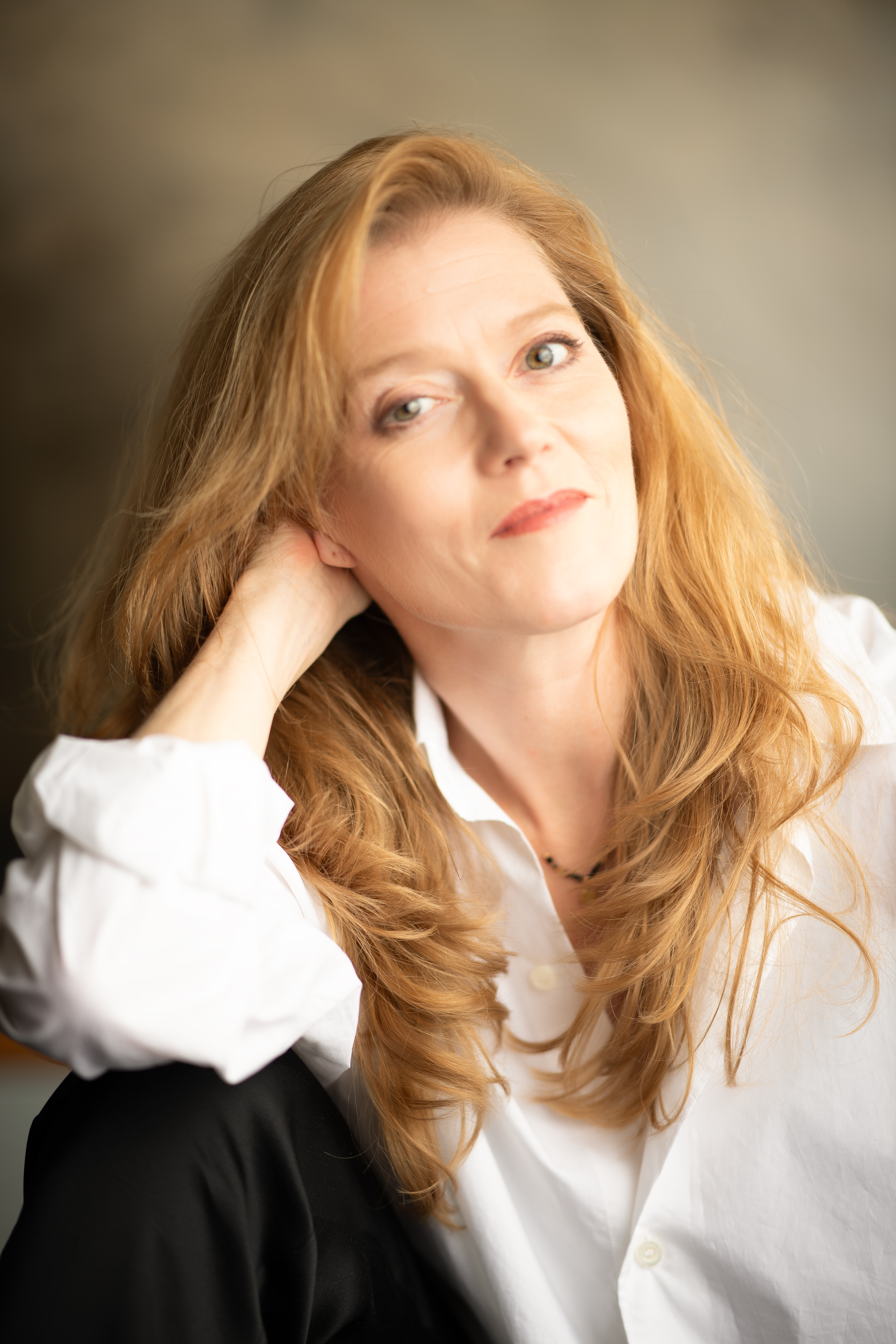 is a superstar of classical music and a one off. A generational talent who sings and conducts at the same time – seemingly using every fibre of her being to communicate the music to an orchestra and the audience. She performs predominantly 20th century classics and has commissioned or premiered 100 new works. And, to top it off she regularly programmes works by Aaron Copland, and not just any old Copland! She plays his lesser spotted jazzy works from the 1920s – Music for the Theatre and Dance Symphony. Both pieces are 100 this year and deserve to be heard[1]. When I saw that Hannigan was playing Dance Symphony in Copenhagen (the home of my Great Grandfather) alongside Ives and Gershwin, over a two-night spell, in May, it was what is known in the trade as a No Brainer!
is a superstar of classical music and a one off. A generational talent who sings and conducts at the same time – seemingly using every fibre of her being to communicate the music to an orchestra and the audience. She performs predominantly 20th century classics and has commissioned or premiered 100 new works. And, to top it off she regularly programmes works by Aaron Copland, and not just any old Copland! She plays his lesser spotted jazzy works from the 1920s – Music for the Theatre and Dance Symphony. Both pieces are 100 this year and deserve to be heard[1]. When I saw that Hannigan was playing Dance Symphony in Copenhagen (the home of my Great Grandfather) alongside Ives and Gershwin, over a two-night spell, in May, it was what is known in the trade as a No Brainer!
Location, Location, Location
The DR Koncerthuset is a magnificent building in a perfect location. Can there be another concert venue in the world that is so well placed to serve my twin interests of classical music and bird watching? (The only other place that springs to mind is Snape Maltings in Suffolk). The Koncerthuset is located in the Amager district of Copenhagen and is no more than a stone’s throw from the Amager Common wetlands. This 223-hectare nature reserve was once a landfill site but now serves as home to wildlife and longhorn cattle as well as joggers, cyclists and picnickers. As soon as I deposited my gear at the truly excellent nearby Zoku hotel it was my first port of call. Within moments of crossing the road I heard a Reed Warbler singing and within 30 minutes I stumbled across a Cuckoo sitting in a small tree, in all it’s stripey jumpered glory. I have heard the odd cuckoo in my time, but I had no delusions that I might ever see one. It just sat there perched for ages. It was a knock out premiere performance seemingly just for me. At the time, I couldn’t believe my luck but looking back on it, it now seems like a portent of what was to come!
Blogger Beware
Everything was perfectly set for what would be another premiere performance for me. I have never heard/seen Dance Symphony played live. It involves three dances extracted from Copland’s vampire “ballet” Grohg – we’re talking shock gothic uber jazz with characteristic Earth shaking crescendos! I practically skipped up the stairs at DR Koncerthuset and gladly took the free programme from the vendor. I sat down and opened it. Immediately, in my head I heard Copland’s music but not the music I expected. It was the 20 second stinger chord from the Of Mice and Men score (when Lennie crushes Curly’s hand) and when that was over it was followed up by the 10 second stinger chord from the Something Wild soundtrack (that also opens the Toward the Bridge section of Music for a Great City).
As I looked down at the running order, there was no Copland listed. I stared in disbelief. I think I looked through the programme cover to cover two or three times and possibly even shook it open to see if the Copland was in there and might drop out. I was in total shock. For the second time in a couple of hours I was in speechless – what had happened? Had I made a terribly expensive mistake? I immediately consulted Bachtrack, the DR Koncerthuset website, Boosey and Hawkes and the official Aaron Copland site – all confirmed that Copland’s Dance Symphony was on the bill but it wasn’t in the programme. Just like the doomed eggs of Dunnocks, Meadow Pipits, and Reed Warblers in the life cycle of a cuckoo, the Copland had been turfed out of the nest!
I spend quite a lot of money going to see Copland. I have never spent quite so much money to not see Copland! I tried to park the issue and just enjoy the music to be played. I also made an effort (somewhat in vain) to draw out some form of inner Copland Zen like insouciance. I’m pretty positive that Copland would have smiled enigmatically and made the best of it.
Silver linings playbook
So, from a Grohg like pit of despair (perhaps that’s overdoing it) I started trying to assemble silver linings. The DR Koncerthuset arena is stunning, I had almost the best seat in the house (my free press ticket) and Barbara Hannigan and the DR Symfoniorkestret were on top form. Of course, it kept on springing in to my mind – what’s happened to the Copland? I also kept hanging on to the hope that it was a printing error. The concert was 75 minutes without a break and seemed very short. Could it be an extended encore?
On the Thursday there was indeed an extra piece. It was Pastorale by Per Nørgård, the Danish composer who had died earlier that day. It was a lovely chamber composition used in the film soundtrack for Babette’s Feast. I knew of him before but by name only. Subsequently I went away and listened to a couple of his symphonies. This introduction was one of a number of souvenirs I would take home with me!
The Golfam Khayam work Je ne suis pas une fable à conter (I am not a tale to be told) was incredible. I don’t think I have ever heard a piece where the wind instruments sound just like the wind – the first few moments immediately conjure up imagery of a swirling eddy over an expansive desert sand dune. Hannigan commissioned the work and it suited her voice perfectly – it was a standout. I would bet good money that this will be played at the Proms in the not-too-distant future. There is no recording at moment (although surely we won’t be waiting long for that either) but you can get a taster in the video below.
After much clapping Hannigan returned to the stage and introduced the remainder of the programme. There was no mention of any Copland or lack thereof.
Up next was Ruth Crawford-Seeger’s short but wiry Andante for Strings which Hannigan described as being “way ahead of its time, sounding like the works of György Ligeti from the 1960s or 70s but written 50 years before”. I have not heard much Crawford-Seeger in the past. This new context will no doubt lead to many new discoveries.
This was followed by Charles Ives Three Places in New England. The audience absolutely adored the chaotic Putnam’s Camp middle section but the haunting quality of The “St. Gaudens” in Boston Common and The Housatonic at Stockbridge were just as remarkable in clarity and precision. Again, the interaction of conductor and orchestra was so tight that you saw the moving pictures. Hannigan had remarked about the St Gaudens section that was dedicated to the first African American regiment in the US army as folows:
It’s a very slow moving, almost aimless picture that he creates. You get a sense of these soldiers marching and, at least in my mind, the queston comes up in the drama of it, that they might be asking themselves “Who are we marching for and why?”
Seeing Ives played is incredibly important – a lot of his music is hard graft in your front room. But played live by such players in such a venue is almost like seeing it through the lens of Ives’ own brain. What Hannigan describes as Ives’ “joyful dissonance” suddenly makes total sense. I am certain that anyone who wasn’t sure about his music before the concert would have been converted. It’s poignant to think that Ives himself would have rarely, if ever seen or heard his music played with such gusto and deference by the orchestra and treated with so much admiration by the audience.
The work replacing Dance Symphony was The Carousel Waltz by Richard Rogers. This is a crowd pleaser in the traditional fashion and just like Putnam’s Camp, Hannigan and the band gave it the full on Pzzazz and Kerpow treatment. It was impossible not to be impressed.
And finally, the Girl Crazy Suite by George Gershwin. Comprising the songs But Not for Me, Embraceable You and I Got Rhythm it all went down a treat. Oddly enough, I think the bit that the audience appreciated and got them smiling and laughing the most was when the orchestra sang the middle section of Embraceable You. It was a lovely touch and even there the orchestra were note perfect.
The concert was over in a flash and followed by an almost universal standing ovation. It was outstanding. Hannigan and the DR Symfoniorkestret had such synergy and almost certainly inspired each other to greater heights. I was left ruing the fact that these individuals hadn’t been playing the Copland and wondering just what they might have done with it? I really enjoyed the concert, but I couldn’t pretend I wasn’t crestfallen.
Inspector Lindegaard investigates
I made it my mission to find out what had happened to Copland’s early golden egg![2] I went down to ask the orchestra and spoke to violaists Magda Stevenson and Kristian Sharff Fogh. Neither were aware that there had been a change in the setlist, but Magda decided to take up the challenge of getting me an answer. She did say that a rehearsal had been cancelled in the lead up to the concert because Barbara had to go to Sweden to collect a prize, so she surmised that this had something to do with it. I was rather shocked when she led me back stage and via the floor director I was introduced to Barbara Hannigan herself!
I didn’t expect this. Rarely do I get access to the star attraction. Looking back on it, I rather wished I’d congratulated Barbara on the concert before grilling her as the whereabouts of the lost Copland! But just as on the stage she was charm personified. I hadn’t realised that earlier that week she became the latest classical music laureate of the Polar Prize, often described as the music equivalent of the Nobel Prize! She was inducted alongside Herbie Hancock and the rock group Queen. Previous inductees are a roll call of music royalty and include Mstislav Rostropovich, Pierre Boulez, Iannis Xenakis, Karlheinz Stockhausen, Sofia Gubaidulina, György Ligeti, Steve Reich, Renée Fleming, Ennio Morricone, Yo-Yo Ma, Kaija Saariaho, Anne-Sophie Mutter, Arvo Pärt and Esa-Pekka Salonen.
It all then started to slot into place and make perfect sense. If you are going to lose a rehearsal, then it is obvious that the work to drop is the one with the most complex rhythms. Copland was well used to this back in his modernist heyday – Grohg itself was never performed as a ballet in his lifetime and the premieres of Symphonic Ode, Statements and the Short Symphony were all postponed or delayed due to the difficulty of the pieces and/or insufficient rehearsal time.
I would have loved to have talked more about why she likes Copland and what it is about his 1920s offerings that works for her as conductor and performer. But alas on this occasion that was not possible. Quite rightly she wanted to celebrate a great concert and a phenomenal week rather than discuss the fine detail of my disappointment!
Winning the Birding Lottery
Having seen a cuckoo on Thursday afternoon, virtually my next thought was “I wonder if there are Nightingales in Copenhagen?” I knew that they are more common in Germany than the UK so thought there might be a chance. Prior to this trip, I have never seen or heard one. Google seemed to indicate an affirmative so on the Friday I got up at 4am and went out on a quest. Again, I was staggered that within minutes I could hear one. I got close and at one point I felt I was within touching distance. I did see it move momentarily but it was ultimately elusive, not helped by the murk, it being a small brown bird in a green bush and me being totally colour blind!
It later turned out that this was a Thrush Nightingale rather than the so called “Common” Nightingale. I found this out when I spoke to a visiting Fin on the Metro who recognised me as a fellow birder and opened the conversation by commenting on my Swarovski binoculars as “Nice optics”!
I got up at dawn on Saturday and Sunday and although I heard the Thrush Nightingale and got tantalisingly close to it, I couldn’t catch another glimpse. Just like seeing the cuckoo, there was irony here. I reflected philosophically about my birding and musical experiences in Copenhagen and saw a common link – whilst it is incredibly satisfying to see the thing you set out to see, it is also important not to allow the pursuit of one entity to eclipse all others. Furthermore, one should be thankful for lucky encounters that you weren’t expecting.
With all this in mind, I returned to the Koncerthuset on Friday evening resolved to put my regret of the lost Copland behind me. Therefore, I was in a much better state of mind to really enjoy the music. As the suite from Girl Crazy reached its climax with I got Rhythm Hannigan sang:
Who could ask for anything more?
At the end of the first concert, I perhaps was ready to tentatively raise my hand. After the second concert, I was completely won over and like everyone around me I arose from my seat to join in another standing ovation.
Unfinished business
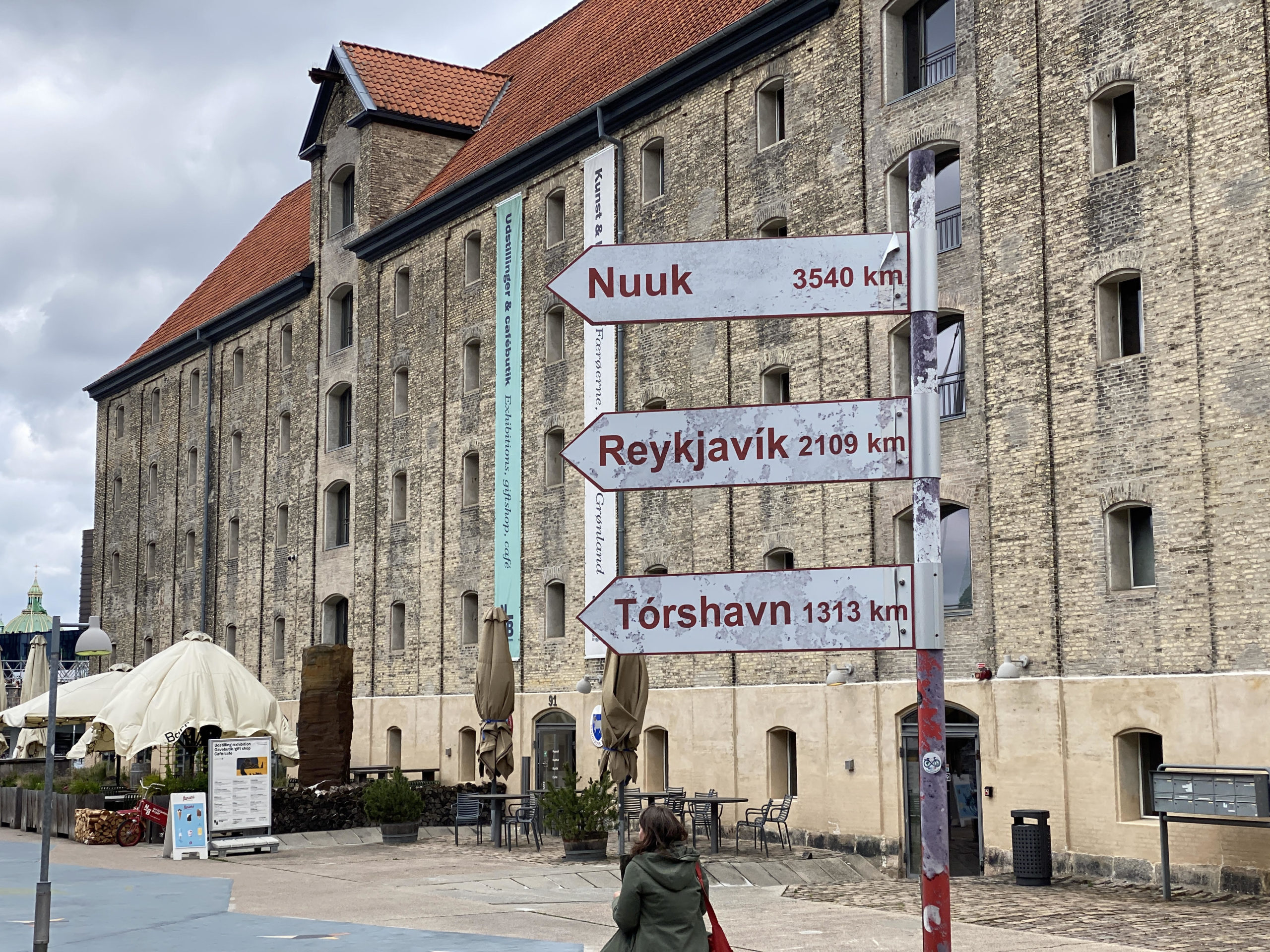 It did bother me though that I might have given a bad impression of myself to Hannigan the previous night. As mentioned above, she is one of the great cheerleaders for Copland and we are certainly kindred spirits on that. After the main concert Hannigan joined some jazz musicians in the bar to sing some more Gershwin. On completing another four numbers she was surrounded by a sea of admirers and well-wishers but just as she was about to depart, I took the chance to say another few words to her and tell her that I really enjoyed the concerts and thank her for being a great advocate for Copland.
It did bother me though that I might have given a bad impression of myself to Hannigan the previous night. As mentioned above, she is one of the great cheerleaders for Copland and we are certainly kindred spirits on that. After the main concert Hannigan joined some jazz musicians in the bar to sing some more Gershwin. On completing another four numbers she was surrounded by a sea of admirers and well-wishers but just as she was about to depart, I took the chance to say another few words to her and tell her that I really enjoyed the concerts and thank her for being a great advocate for Copland.
There are more opportunities to see Hannigan conduct Copland. By the time this blog is posted she’ll have already been to Reykjavík to lead the Iceland Symphony Orchestra playing Music for the Theatre. She’ll also be a headliner with the Verbier Festival Orchestra in Switzerland (Dance Symphony will be played alongside some Haydn, Berlioz and a premiere by Bill Elliott called At the Fair). Dance Symphony is also in the diary for a concert in Montreal in February 2026 and as a double header in Munich in June 2026. That’s the one I’ll be targeting.
Maybe I didn’t quite get the Copland bucket list tick box I was hoping for this time, but I did see a cuckoo and heard a nightingale performing in the wild and on the stage. And besides, just like bird watching there’s always something to look forward to next time!
Footnotes
[1] Copland composed Grohg during his Paris student days (1922-25). There was never much chance that this work would be performed as a ballet so he gradually recycled the 40 minutes of music into various other compositions: Cortège Macarbre (1923), Symphony for Organ and Orchestra (1925), Dance Symphony (1929), Hear Ye! Hear Ye! (1934) and various piano pieces. For more information see this article on the Disambiguation of Grohg
[2] Copland submitted Dance Symphony for the RCA Victor Prize in 1929. It was a joint winner and secured him a sum of $2,500 – a princely sum at the time and by far Copland’s biggest pay packet of his career to that point.
Photos
Title photos of Barbara Hannigan conducting the Ludwig Orchestra at the Concertgebouw Amsterdam 4-12-2017 used courtesy of Marco Borggreve (c)
Photo of Barbara Hanigan sitting used courtesy of Cyrus Allyar (c)

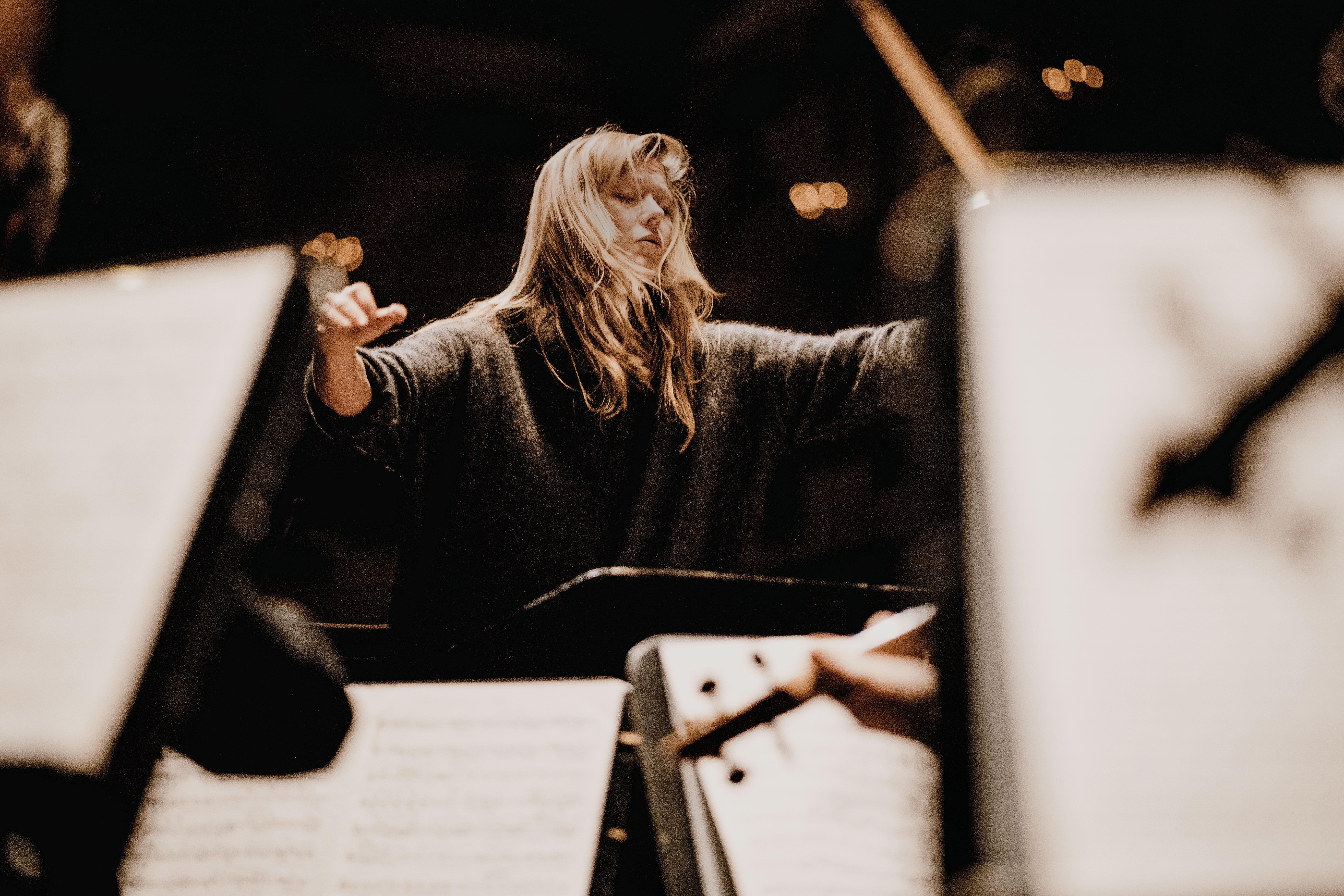
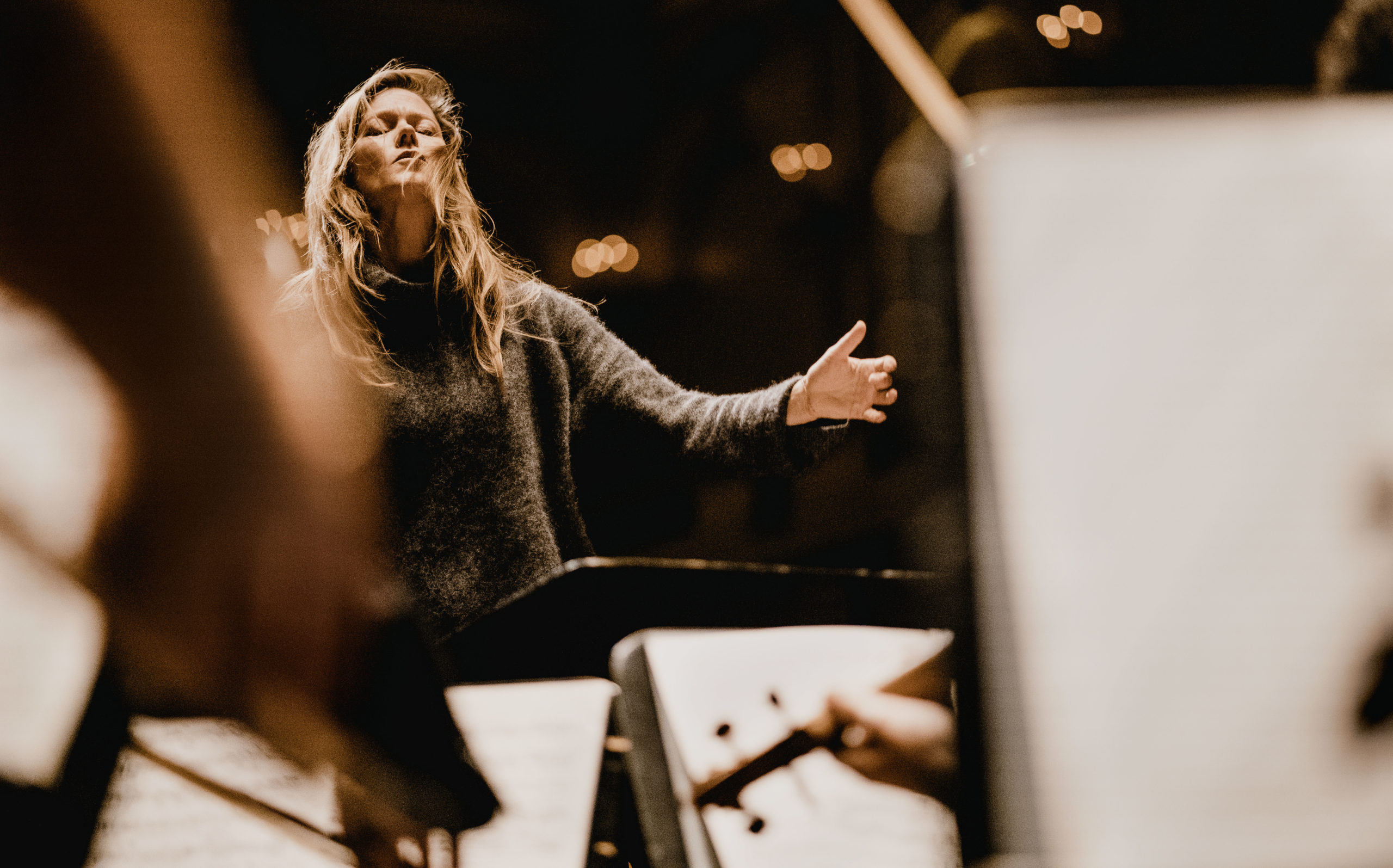
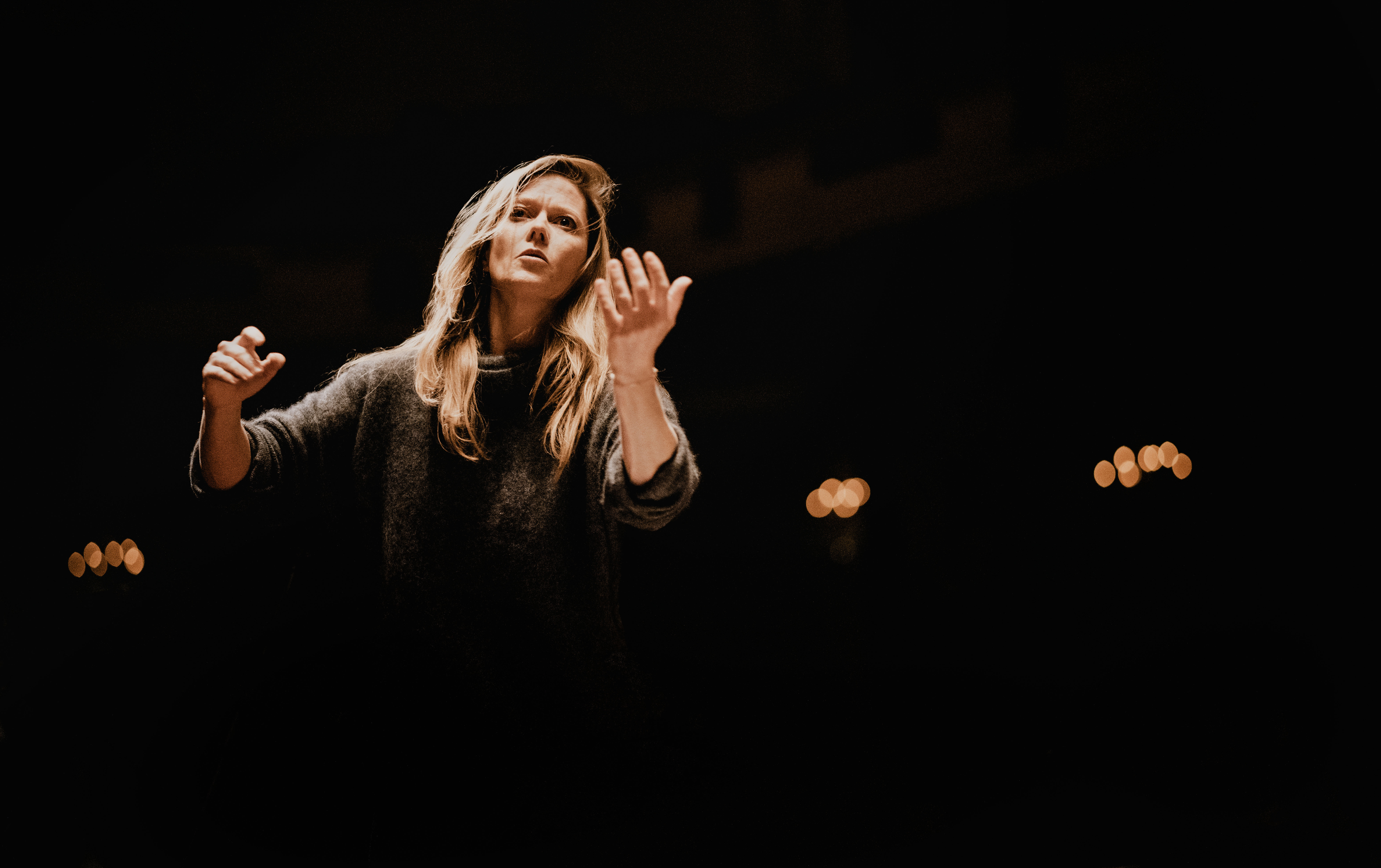
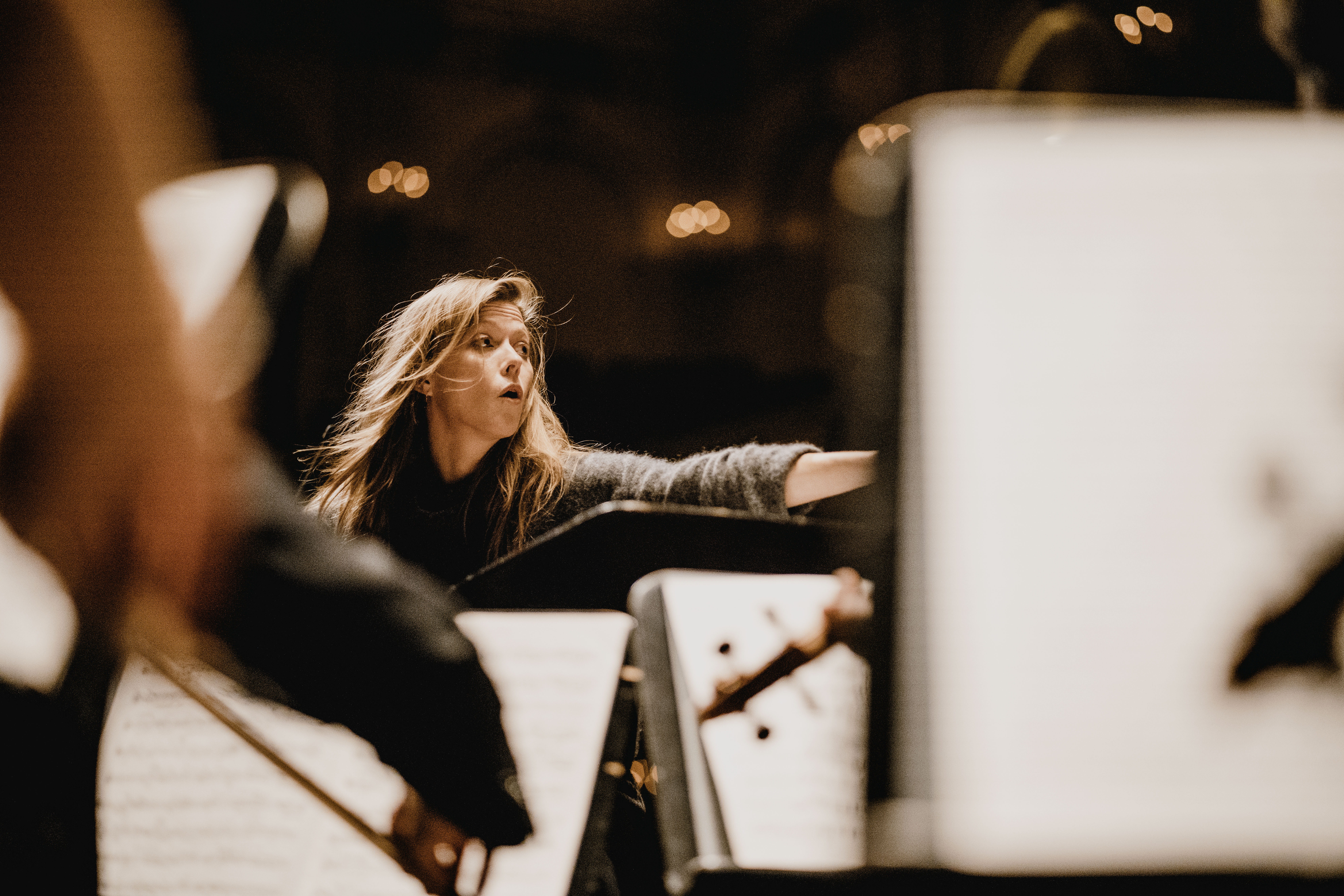
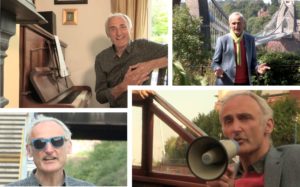
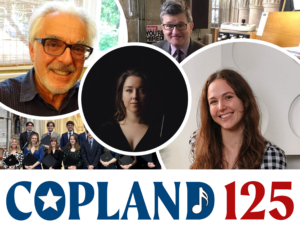
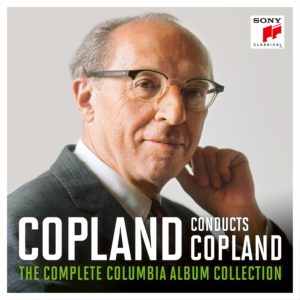
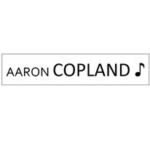




Leave a Comment